What’s Up?
I got out of bed at 3:45am on Sunday, more than 75 minutes later than on Saturday. The best news it that I have not yet felt like a jet-lagged Zombie and am getting lots of work done. On Sunday I enjoyed another swim and will be taking another ice bath in the late afternoon.
I continue catching up on e-mails and have began work on the LensAlign/FocusTune Simplified Tutorial.
The Streak
Today’s blog post marks 178 days in a row with a new educational blog post… As always-–and folks have been doing a really great job recently–-please remember to use our B&H links for your major gear purchases. For best results use one of our many product-specific links; after clicking on one of those you can continue shopping with all subsequent purchases invisibly tracked to BAA. Your doing so is always greatly appreciated. Please remember: web orders only. Please remember that if you are shopping for items that we carry in the BAA Online Store (as noted in red at the close of this post below) we would appreciate your business.
|
This image was created on the 2016 Namibia IPT at the renowned waterhole at Okaukuejo Camp inside of Etosha National Park. I used the Induro GIT 304L/Mongoose M3.6-mounted 9:38pm in the dark. Miles off camera flash as main light at 1:1 with Better Beamer, Pocket Wizards, and cables. Center AF point (Manual selection)/AI Servo/Rear Focus AF on the rhino’s face and re-compose. Click here to see the latest version of the Rear Focus Tutorial. Click on the image to see a larger version. Image #1: Endangered Black Rhinoceros at waterhole |
The Original
The image above is the original capture. As you might imagine, the flash was positioned about 100 feet to the right of the camera.
|
This image was created on the 2016 Namibia IPT at the renowned waterhole at Okaukuejo Camp inside of Etosha National Park. I used the Induro GIT 304L/Mongoose M3.6-mounted 9:38pm in the dark. Miles off camera flash as main light at 1:1 with Better Beamer, Pocket Wizards, and cables. Center AF point (Manual selection)/AI Servo/Rear Focus AF on the rhino’s face and re-compose. Click here to see the latest version of the Rear Focus Tutorial. Click on the image to see a larger version. Image #2: Endangered Black Rhinoceros at waterhole |
The All-Black Background Version
I created this version from the converted TIFF above using the Clone Stamp Tool, the Patch Tool, Content Aware Fill, and the Spot Healing Brush. All as detailed in Digital Basics plus tons more.
|
This image was created on the 2016 Namibia IPT at the renowned waterhole at Okaukuejo Camp inside of Etosha National Park. I used the Induro GIT 304L/Mongoose M3.6-mounted 9:38pm in the dark. Miles off camera flash as main light at 1:1 with Better Beamer, Pocket Wizards, and cables. Center AF point (Manual selection)/AI Servo/Rear Focus AF on the rhino’s face and re-compose. Click here to see the latest version of the Rear Focus Tutorial. Click on the image to see a larger version. Image #3: Endangered Black Rhinoceros at waterhole |
Subdued Version
To create this more subdued version, I put the converted TIFF on a layer above the All-Black version, added a Hide-All (Black or Inverse) Layer Mask, and painted in the rocks that were lit by the flash using brushes of varying opacities ranging from 33 to 100% to give those rocks a well muted look.
Your Favorite?
Which of the three images above do you like best? Be sure to let us know why you made your choice.
Thanks a Stack!
Thanks a stack to co-leaders/trip organizers Wim den Heever and Ben Cranke for going above and beyond the call of duty to teach everyone who had brought the suggested gear the night flash techniques. In addition, they had lots of extra Pocket Wizards. I always love learning something new in photography; this trip was rife with such opportunities.
|
From upper left clockwise to center: Black Skimmer head portrait, American Oystercatcher dining on surf clam flesh, Common Tern at sunset, Common Tern adult swallowing flatfish, Black Skimmer in flight, newborn Common Tern chick, American Oystercatcher with chick, fresh juvenile Common Tern (with fill flash), and Common Terns copulating. |
Only Two…
Right now there are only two folks registered for the Nickerson IPT. You can call the office on Monday to sign up and enjoy practically private instruction at a great location with tons of birds and tons of flight photography.
Nickerson Beach Terns/Skimmers/Oystercatchers Instructional Photo-Tour (IPT): July 18-22, 2016. 4 1/2 DAYS: $1899. Limit 10/Openings 8.
Meet and greet at 3pm on the afternoon of Monday, July 18. Limit 10.
The primary subject species of this IPT will be the nesting Common Terns. The trip is timed so that we will get to photograph tiny chicks as well as fledglings. There will be lots of flight photography including adults flying with baitfish. Creating great images of the chicks being fed is a huge challenge. In addition to the terns we will get to photograph lots of Black Skimmers courting, setting up their nesting territories, and in flight (both singles and large pre-dawn flocks blasting off). Midair battles are guaranteed on sunny afternoons. And with luck, we might even see a few tiny chicks toward the end of the trip. We will also get to photograph the life cycle of American Oystercatcher. This will likely include nests with eggs and tiny chicks, young being fed, and possibly a few fledglings.
Nesting Piping Plover is also possible. There will be lots of gulls to photograph; most years I am able to find a few Lesser Black-backed Gulls of varying ages in addition to the Herring, Ring-billed, and Great Black-backed Gulls. You will learn to identify and age the various gull species. There will likely be some Willets feeding along the surf and with luck we might get to photograph a handsome juvenile or two. In addition to the locally breeding shorebirds, we will likely get to see some southbound migrant arctic-and sub-arctic breeding shorebird species such as Sanderling, Semipalmated Plover, and maybe even Red Knot.
|
From upper left clockwise to center: Black Skimmers with tiny chick, Common Tern landing with baitfish for young, fledged Common Tern chick in dunes, American Oystercatchers/display flight, adult Common Tern with pipefish for chick, Common Tern fledgling in soft light, American Oystercatcher on nest with eggs, American Oystercatcher 3-egg clutch, battling Black Skimmers. |
The IPT Logistics
The tour will begin with a meet and greet on the afternoon of Monday, July 18, 2016. That will be followed by our first shooting session at the beach. From Tuesday through and including all of Friday we will have two photography sessions daily. Our morning sessions will start very early so that we are on the beach well before sunrise. We usually photograph for about four hours. Then we will enjoy a group brunch. We will always have a midday break that will include a nap for me. That followed by our daily afternoon classroom sessions that will include image review, workflow and Photoshop, and a review/critique of five of your trip images. Folks are always invited to bring their laptops to brunch for image sharing. I always have mine with me but heck, I am a big show-off. Afternoon in-the-field sessions generally run from 5pm through sunset.
Breakfasts are grab what you can. Four brunches are included. Dinners (if at all) will be on your own as we will often get back to the hotel at about 9pm. There is a fridge in every room and a supermarket within walking distance of the hotel so nobody should starve. You will learn a ton during the nine shooting sessions, the four in-classroom sessions, and even at lunch. Early morning and late afternoon parking is free. If we want to head back to the beach early we will need to arrange tight carpools and share the $30/vehicle parking fee. Non-photographer spouses, friends, or companions are welcome for $100/day, $450 for the whole IPT.
Save a space by calling Jim or Jen at the office at 863-692-0906 and arranging to leave your deposit of $599–credit cards are accepted for deposits only. Your balance will be due on April 18, 2016. I hope that you can join me for what will be an exciting and educational IPT.
Please Remember to use our Affiliate Links 🙂
To show your appreciation for my continuing efforts here, we ask, as always, that you get in the habit of using my B&H affiliate links on the right side of the blog for all of your photo and electronics purchases. Please check the availability of all photographic accessories in the BIRDS AS ART Online Store, especially the Mongoose M3.6 tripod heads, Induro tripods and ballheads, Wimberley heads and plates, LensCoats and accessories, and the like. We sell only what I have used, have tested, and can depend on. We will not sell you junk. We know what you need to make creating great images easy and fun. And we are always glad to answer your gear questions via e-mail.
I would of course appreciate your using our B&H affiliate links for all of your major gear, video, and electronic purchases. For the photographic stuff mentioned in the paragraph above we, meaning BAA, would of course greatly appreciate your business. Here is a huge thank you to the many who have been using our links on a regular basis and visiting the BAA Online store as well.
I would of course appreciate your using our B&H affiliate links for all of your major gear, video, and electronic purchases. For the photographic stuff mentioned in the paragraph above we, meaning BAA, would of course greatly appreciate your business. Here is a huge thank you to the many who have been using our links on a regular basis and visiting the BAA Online store as well.
Be sure to like and follow BAA on Facebook by clicking on the logo link upper right. Tanks a stack!
Typos
In all blog posts and Bulletins, feel free to e-mail or to leave a comment regarding any typos or errors. Just be right 🙂

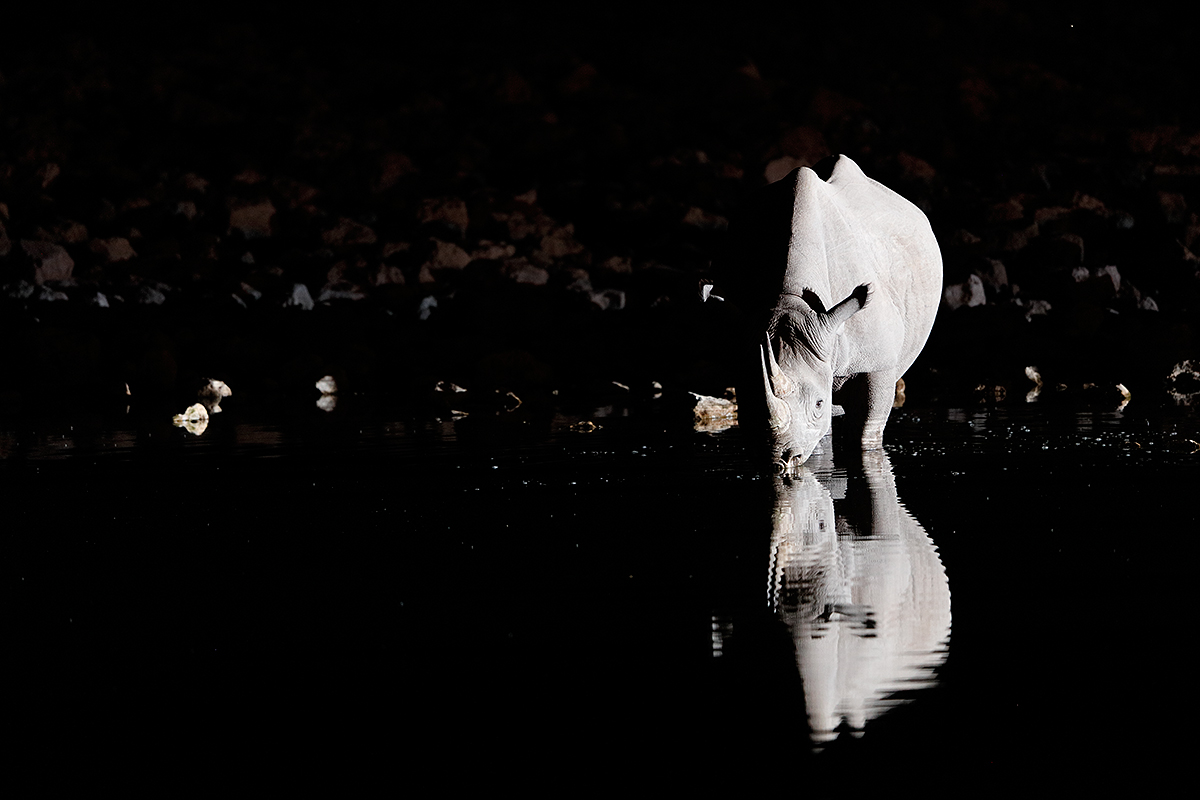
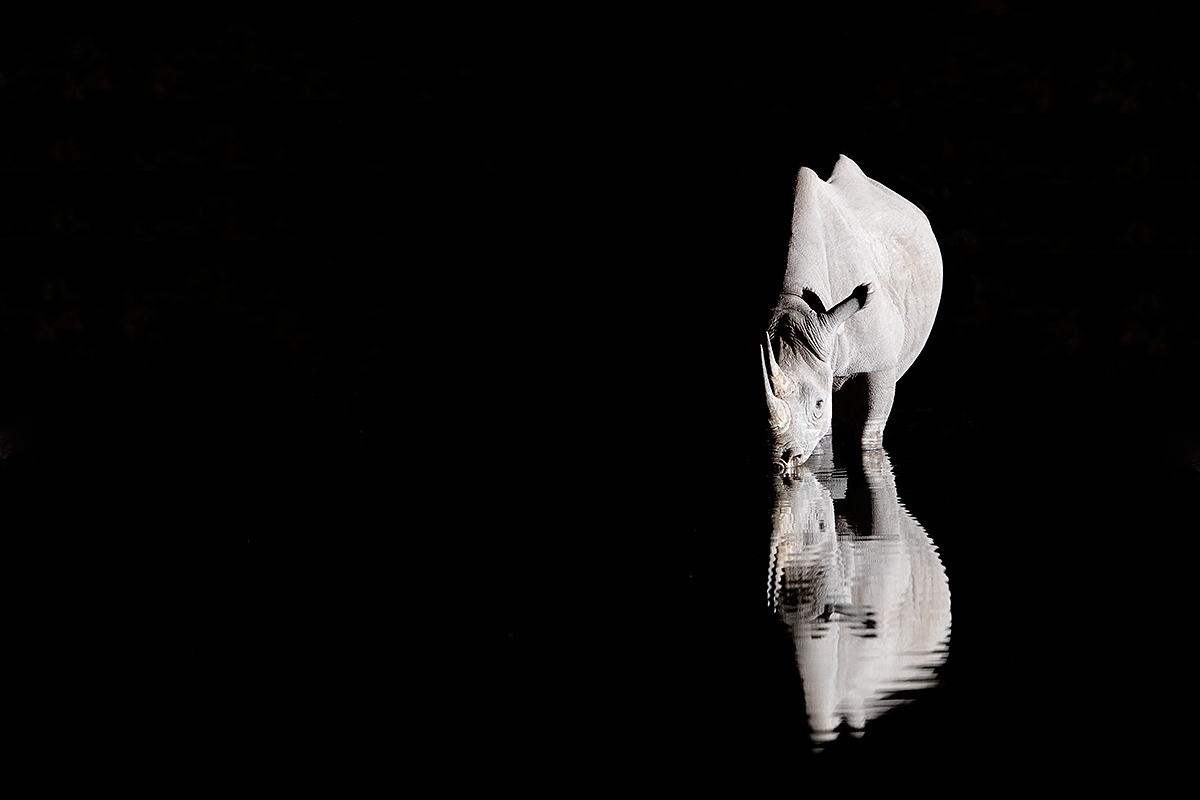
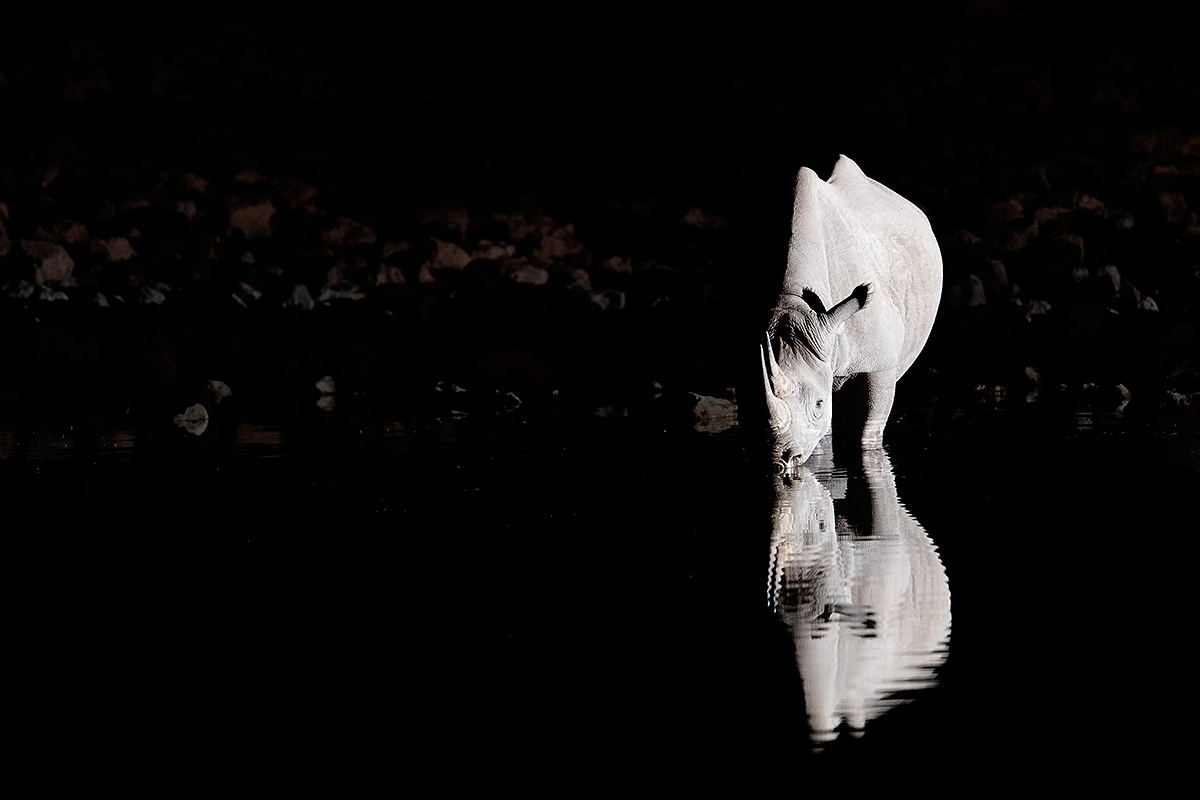
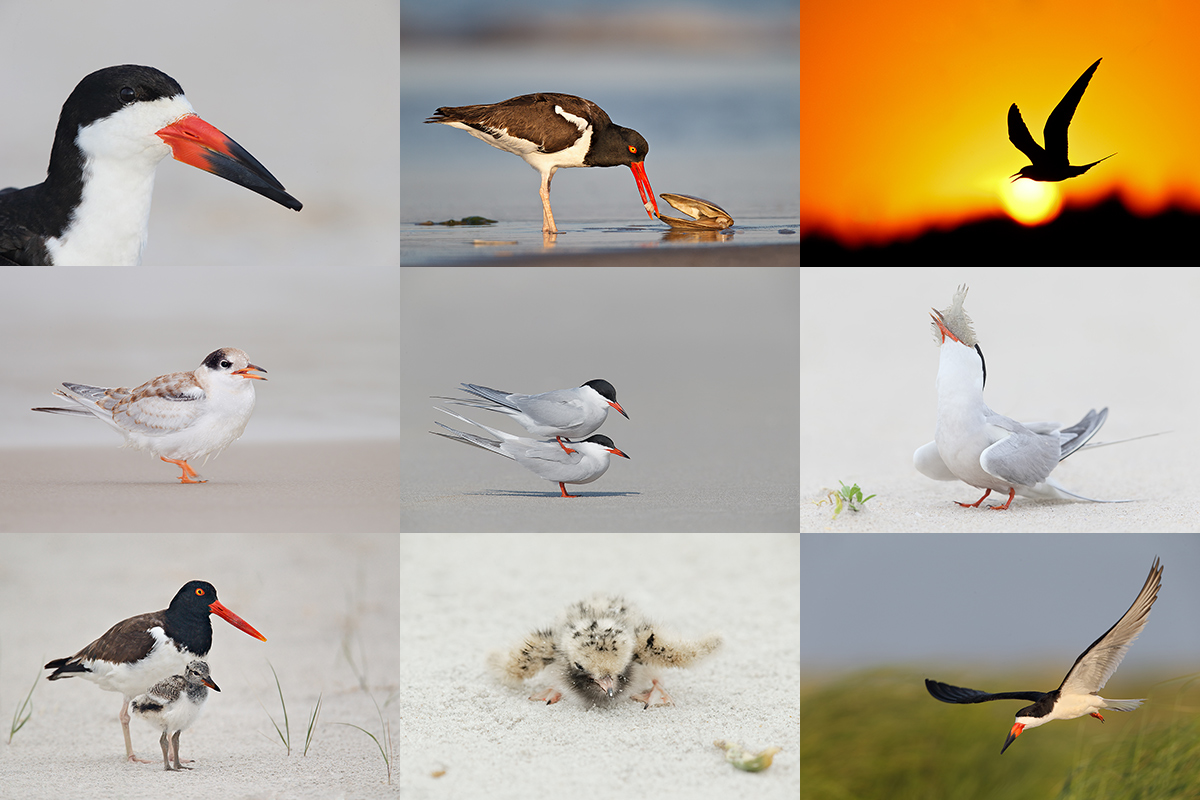
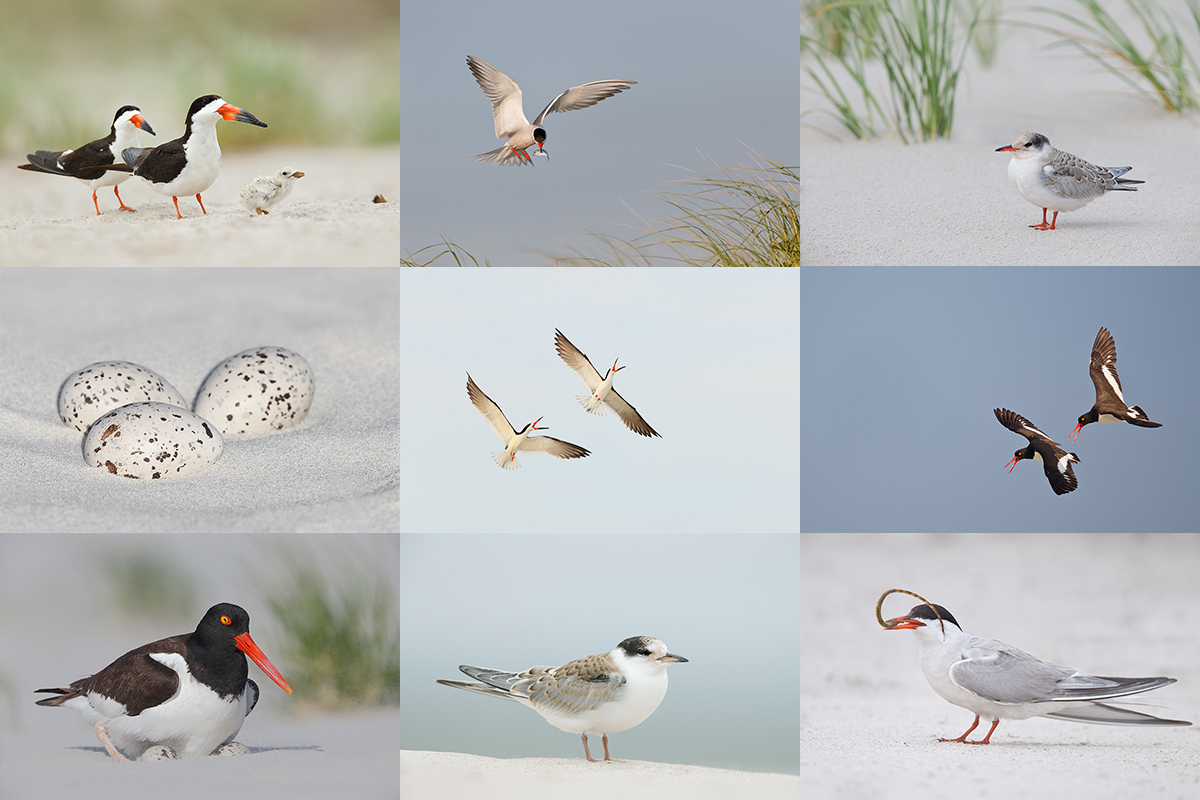













# 2 is my choice…no distractions.
I like photo # 2 because the darkness of the night is an appropriate setting for the Black Rhino; and with only half of it visible suggests the endangered rhino is disappearing.
The third one. While the second appeals a lot, it is a little too harsh, the 3rd takes the edge off & makes it great.
All are just wow!. My personal preference for #1, looks very environmental, true play of light makes it my choice. TFS.
Hi Artie, possibly a stupid question but how did you focus on the rhino in the dark? Torch light? Speedlight function?
Good question actually. There are sodium vapor lights and one of my organizers/co-leaders sets up two huge lights. Rear Button AI Servo AF with the center AF point is pretty easy. a
hi Artie,
#2 is the most striking and graphic image of the three.
it fits your style I think.
My preference is for image three which has just a hint of the context with the surrounding details muted but visible.
Cracking shot.
David.
#3 gets my vote. Just the right amount of all features. Great shot.
Hands down, #2. Pure desolation / isolation … Makes a strong statement for the endangered black rhino. Beautiful creature and phenomenal shot. Welcome home!
I like #3 the best, why, it appeals to my senses best.
Have to go with #3, the subdued background. The rocks are there, but they’re not distracting from the rhino.
The original. I feel that wildlife photos should be as shot, especially in Africa.
Your photos, your business. My photos, my business. Your especially in Africa comments makes zero sense to me.
a
#2 The Rhino is the focal point, and the darkness of night so that is what I would expect. I find the rocks and shore-line distracting on both #1 & #3, if there was another animal in the background that would be different, as they are, it looks like headlights shining across the water.
For sure #2 is my favorite!
Hi Artie,
#3 for sure. The subtlety of the background adds depth and a more realistic, yet abstract, quality to the image. What really gets me is your creative decision to even try it the way you did. We of course, have seen plenty of Rino photos, but I suspect not many like this. A very unique perspective and I love it. Once again, a winner!
Version #2, no contest!!!
The 3rd photo, with subdued background, is my favorite. Very nice capture–the reflection adds a lot.
Neat comparison. #3 is my favorite. Clearly you have a sense of place and action without being distracted by the background elements. The second one is unique but the first thing that comes to my mind is that it must be photo-shopped but this would probably be great for commercial purposes.
What an amazing shot.
I prefer image #3.
The rocks add dimension and a sense of place, anchoring the Rhino to the shot.
I like image number 3 the best. I like seeing the rocks without any bright spots and I like seeing that the rhino is at a water hole, not floating in black space. Image number 2 is more eye catching and makes you wonder where the rhino is and how did a reflection occur. Apparently thinking is too much for me, therefore number 3 would be the one hanging on my wall.
I like the black background version (#2) best! Great shot!
I lean toward the isolated version with just the rhino, #2. It looks like an orchestrated studio shot without the distraction of the rocks. Excellent capture.
Number 2 is stunning and my favorite. So clean… Just the rhino. It would look great on a wall.
I like version #2, all black background, best and #3 next. I really like 2 and 3 equally and would keep both.
Nice Artie. I like image #1, with one exception. I would take out the reflection from the rock just to our left of the rhino’s head.
Mike
It’s the subdued version for me. I like having the surroundings showing but with the rocks darker so they aren’t distracting. Next favorite is the all black background version. It’s stunning.
WoW I really love the original as presented – it just looks so clean total focus on the subject nothing else to distract your eye.
Thanks Joe. To confirm, you like Image #1 best; is that correct? a
Correct Artie image #1.